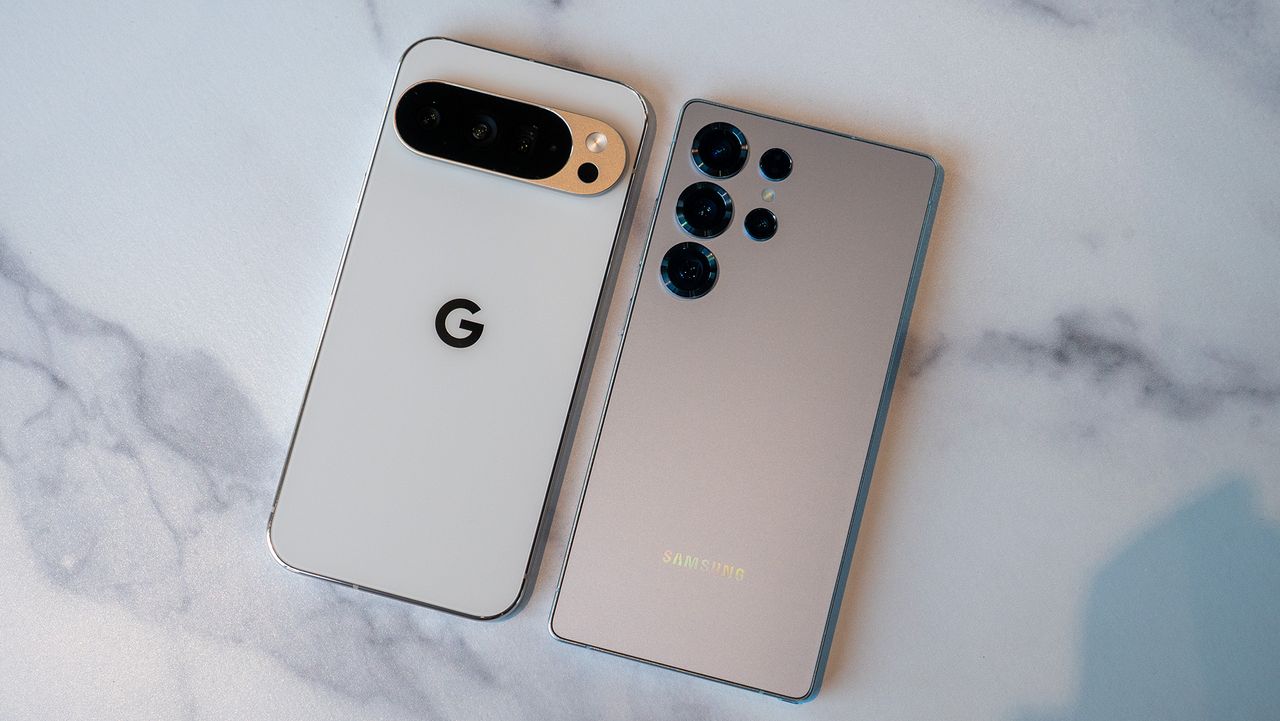
The ultimate Ultra?
Samsung's upcoming Galaxy S26 Ultra is shaping up to be a beast of a flagship. You should expect new display tech with privacy-focused features, flagship Qualcomm processor, and perhaps even native Qi2 charging. The new Ultra is also expected to be much slimmer and lighter than the Pixel 10 Pro XL, which could be a huge selling point.
Pros
- Privacy Display feature looks promising
- New design should make it more ergonomic
- Will be supported for a long time
- Could have native Qi2 charging with built-in magnets
- Will have Snapdragon 8 Elite Gen 5 SoC
Cons
- Prices could increase
- Weight could still be an issue
Bold and beautiful
The Google Pixel 10 Pro XL is the larger version of the Pixel 10 Pro, offering a larger screen and better battery life. It continues to offer some of the best on-device AI features, the new Pixelsnap Qi2 implementation is very handy, and there's a notable improvement in performance over the previous generations.
Pros
- Pixelsnap Qi2 implementation is brilliant
- Access to all of Google's latest AI gadgets and apps
- Most AI features are processed on-device
- Excellent accessory ecosystem (first and third party)
- Notably improved gaming performance vs Pixel 6-
Cons
- eSIM-only in the U.S.
- Forced battery throttling at 200 cycles
- Doesn't support the latest version of Vulkan
- Performance is less than half of Qualcomm's at times
- PWM rate is still bad
The Google Pixel 10 Pro XL is the best phone Google offers right now and is the closest equivalent to an iPhone in the Android space. The only other company that offers an equivalent alternative to the Pixel is Samsung, with its Galaxy line of phones. Whether it's long-term software upgrades, great cameras, or long battery life, a Galaxy S series flagship is the only other phone you should be considering as an alternative to the Pixel.
This brings us to the Pixel 10 Pro XL's biggest competitor, which will soon be the upcoming Galaxy S26 Ultra. We've already gotten a few leaks and rumors about what it might look like, and so far, it's looking pretty neat. The Pixel 10 Pro XL has many strengths to stand tall on, but equally, it has a few big shortcomings that can't be ignored. If you're having a tough time deciding between the Samsung Galaxy S26 Ultra vs. Pixel 10 Pro XL, allow me to clear some of that confusion.
Samsung Galaxy S26 Ultra vs. Google Pixel 10 Pro XL: Design and display
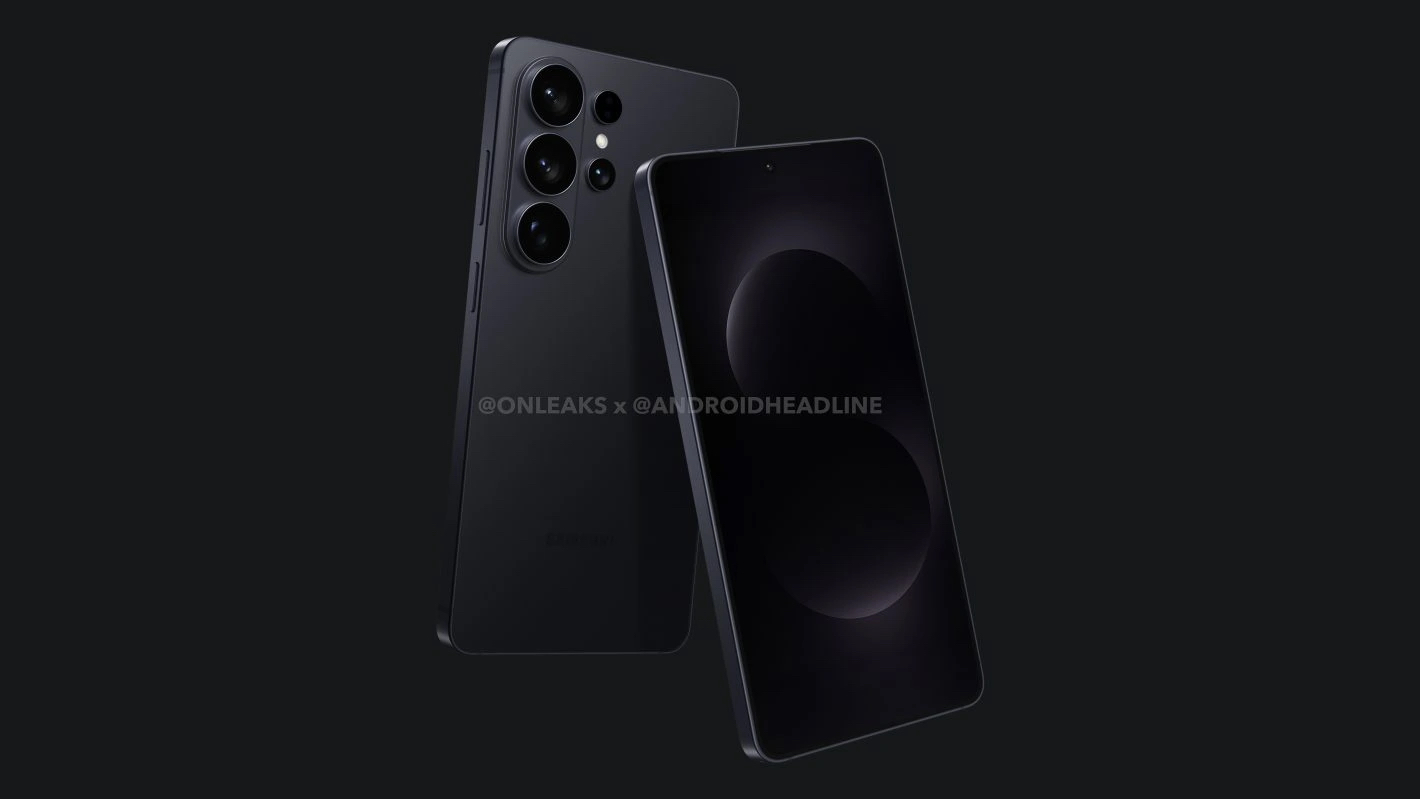
The design of Samsung's Galaxy Ultra series in the past few generations has been a bit polarizing. And we get it, the boxy design with sharp corners is not for everyone. Plus, it was one of the bulkiest and heaviest flagships, too. All of this is likely about to change, though, with the Galaxy S26 Ultra.
Going by the leaked CAD renders, Samsung's upcoming flagship would have more gentle curves, making it look a lot more like the Plus model instead. It is said to have a thickness of just 7.7mm and should be a lot lighter (lower than 218g). These two factors alone put it ahead of the Pixel 10 Pro XL, which is 8.5mm thick and weighs 232 grams.
When it comes to the display, you should expect nothing but the best in brightness, durability, and color reproduction. In fact, the Galaxy S26 Ultra is slated to get a new Privacy Display feature, which should be exclusive to this model. This also hints at some new display tech in the Ultra, which could be the “Flex Magic Pixel” technology we heard of before.
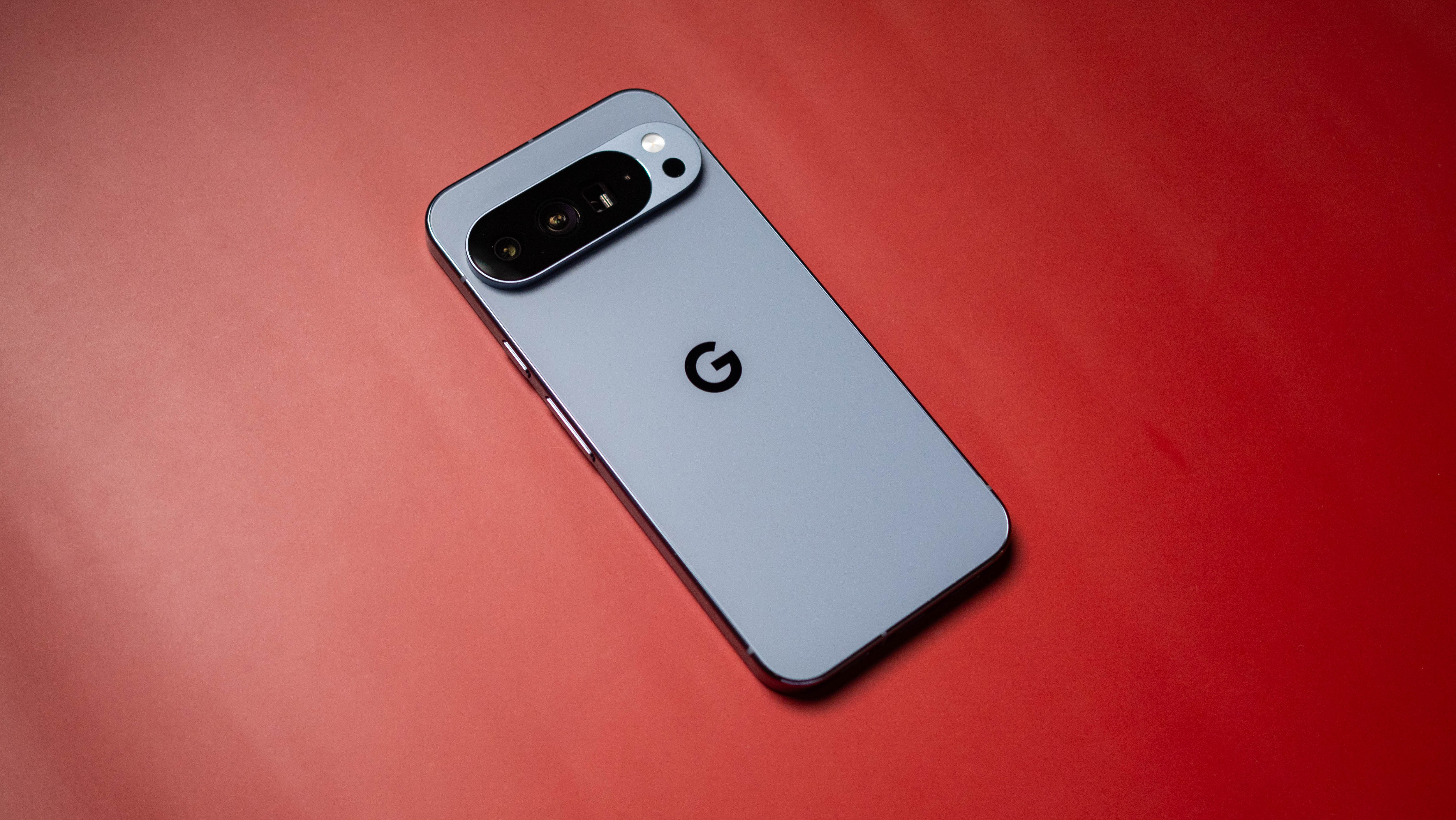
The Google Pixel 10 Pro XL is built extremely well and feels premium through and through thanks to generous helpings of glass and aluminum. It might not be an easy phone to live with, though, for some, as it's quite heavy and bulky. Some of that added weight is due to the built-in magnets for Pixelsnap, which allows you to use the 10 Pro XL natively with the best MagSafe accessories. Other than this, the 10 Pro XL looks virtually identical to the Pixel 9 Pro XL, so it's familiar in that sense.
The Pixel 10 Pro XL has a 6.8-inch display with plenty of brightness and an adaptable refresh rate. In our review, we found the display to be very legible even under direct sunlight. One thing that hasn't quite been fixed is the PWM dimming rate, which will be an issue if you have sensitive eyes. The 10 Pro XL has a 480Hz PWM rate, but this is still very low when compared to some of its peers, like the OnePlus 13, which has a 2,160Hz PWM rate.
Samsung Galaxy S26 Ultra vs. Google Pixel 10 Pro XL: Performance and specs
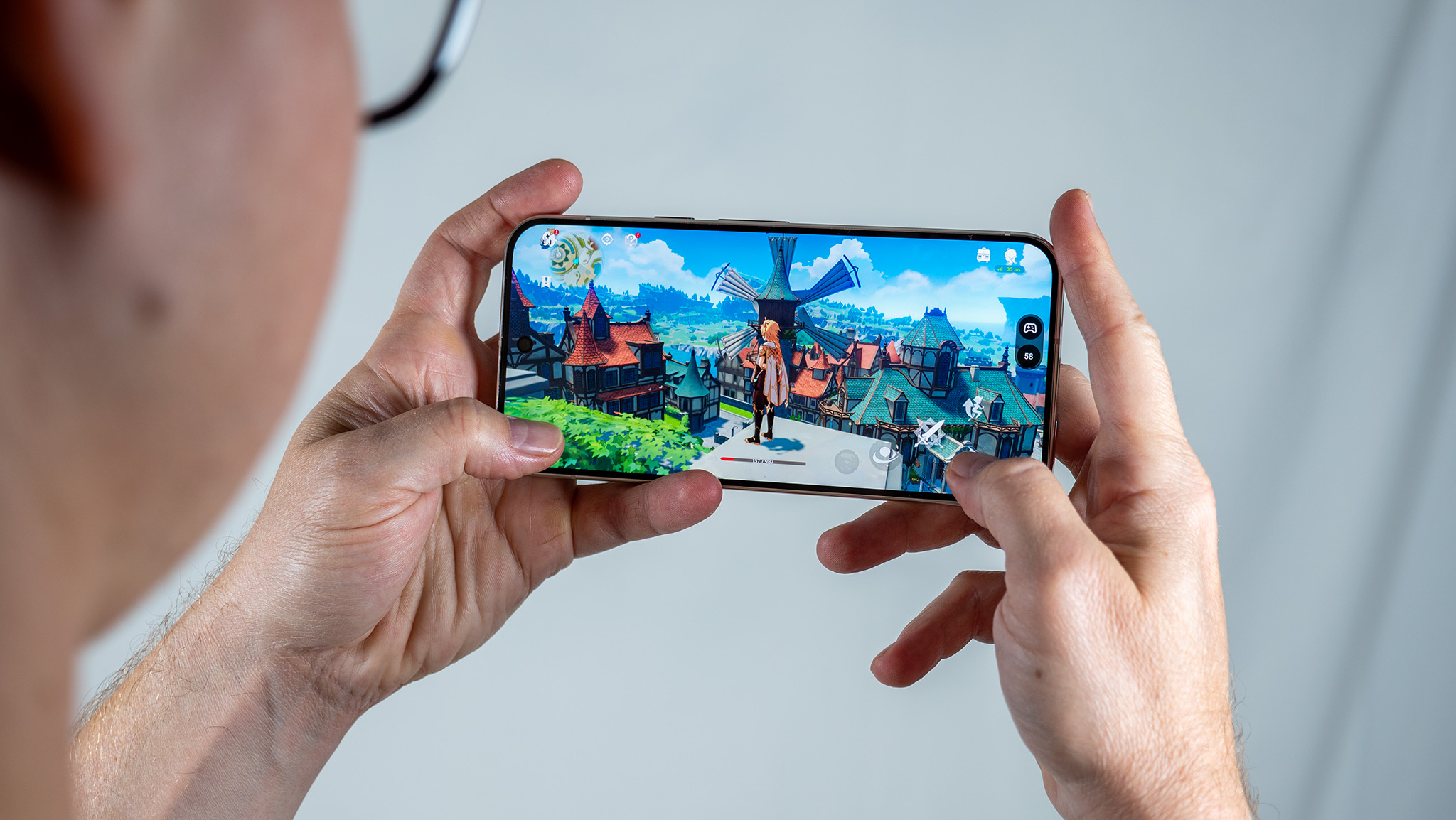
The Samsung Galaxy S26 Ultra is almost certain to get a custom version of Qualcomm's Snapdragon 8 Elite Gen 5 SoC. Samsung's partnership with Qualcomm allows it to use a souped-up version of the chip for better performance. The standard Snapdragon 8 Elite Gen 5 promises a 20% boost in CPU and GPU performance, while using 20% less power.
Other specs of the Galaxy S26 Ultra could include up to 16GB of RAM and up to 1TB of storage, although we're most likely to see 12GB of RAM used in most variants sold globally, just like the S25 Ultra. A new Galaxy S line usually comes with new colors, and the S26 Ultra is expected to get a new orange colorway, similar to the iPhone 17 Pro.
If Samsung sticks to the same pricing, then the S26 Ultra should start at $1,299.99 and go up to roughly $1,500 for the 1TB variant. Samsung has typically announced the new S series at the start of the year, in January, which means we could expect the same for the S26 Ultra as well. As usual, you can also expect plenty of trade-in offers and freebies being offered during the pre-booking period.
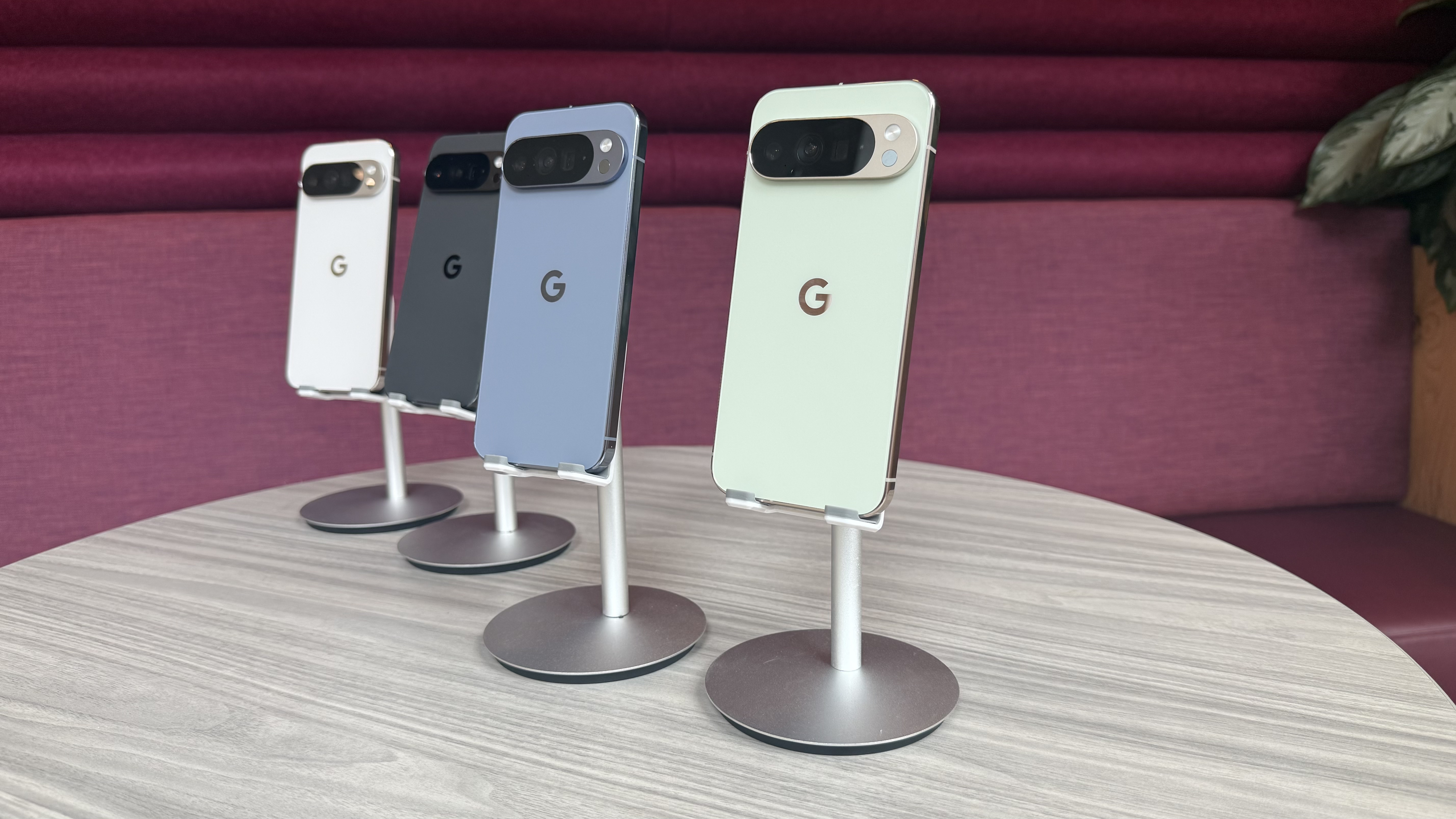
The Google Pixel 10 Pro XL retails for $1,199 for 256GB of storage, and this goes up to $1,549 for the 1TB variant. It gets 16GB of RAM on all storage tiers, which leaves it good headroom for future AI features. The 10 Pro XL comes in four colors, but only the Obsidian shade has the 1TB variant. This Pixel uses the Tensor G5 SoC, which we found to be much faster than the Tensor G4, but still trails behind Qualcomm's previous flagship, the Snapdragon 8 Elite, in benchmarks.
While games do run well on the Pixel 10 Pro XL, future titles might not run the best, as it lacks support for the latest version of the Vulkan API at launch. It's doubly strange to see this missing, especially after Google made Vulkan the default standard in Android 16. Google says it will be adding this in a future update, but till then, be prepared for spotty performance in certain apps and games.
Category |
Samsung Galaxy S26 Ultra (rumored/expected) |
Google Pixel 10 Pro XL |
|---|---|---|
Display |
6.9-inch QHD+ AMOLED, 120Hz Adaptive Refresh Rate, Privacy Display |
6.8-inch Super Actua QHD+ OLED, 120Hz Adaptive Refresh Rate, Gorilla Glass Victus 2, 3,300 nits peak brightness |
Processor |
Qualcomm Snapdragon 8 Elite Gen 5 for Galaxy |
Tensor G5 |
RAM |
12GB / 16GB |
16GB |
Storage |
Up to 1TB UFS 4.0 (or UFS 4.1) |
256GB / 512GB / 1TB |
Rear Camera 1 |
200 MP, f/1.7, 24mm (wide) |
50 MP, f/1.7, 25mm (wide) |
Rear Camera 2 |
10 MP, f/2.4, 67mm (telephoto) |
48 MP, f/2.8 (periscope telephoto) |
Rear Camera 3 |
50 MP, f/3.4 (periscope telephoto) |
48 MP, f/1.7 (ultrawide) |
Rear Camera 4 |
50 MP, f/1.9 (ultrawide) |
|
Front Camera |
12 MP, f/2.2 |
42 MP, f/2.2 |
Ingress Protection |
IP68/ IP69 |
IP68 |
Connectivity |
5G (sub-6GHz, mmWave), Wi-Fi 7, UWB, Bluetooth 6.0 |
5G (sub-6GHz, mmWave), Wi-Fi 7, UWB, Bluetooth 6.0, eSIM only (in U.S.) |
Battery |
5,000mAh |
5,200mAh |
Charging |
60W, Qi 2.2 Magnetic Compatibility w/ 25W wireless speeds |
45W wired, 25W wireless Qi2 (Pixelsnap) |
Dimensions |
163.4 x 77.9 x 7.8 mm |
162.8 x 76.6 x 8.5 mm |
Weight |
Unknown |
232 grams |
OS |
One UI 8.5 w/ Android 16 |
Android 16 |
The Samsung Galaxy S26 Ultra might not see much of an improvement in terms of battery capacity since it's rumored to slim down. I'll be happy if Samsung manages to retain the current 5,000mAh capacity. Charging speeds might finally breach the 45W mark, though, if this rumor from July turns out to be true. We could be looking at 60W wired charging speeds just for the Ultra model. The S26 Ultra will support Qi2 charging, but whether this will be native or via a case remains to be seen.
The Pixel 10 Pro XL is actually the only phone in the series to support Qi 2.2 or Qi 25W fast charging. It has a 5,200mAh battery, which helps it last up to 90 minutes more than the Pixel 9 Pro XL. One thing worth noting is that Google will forcibly throttle charging speeds beyond 200 charge cycles, via its new Battery Health Assistance feature. This is not something many users are going to be happy with.
Samsung Galaxy S26 Ultra vs. Google Pixel 10 Pro XL: Cameras
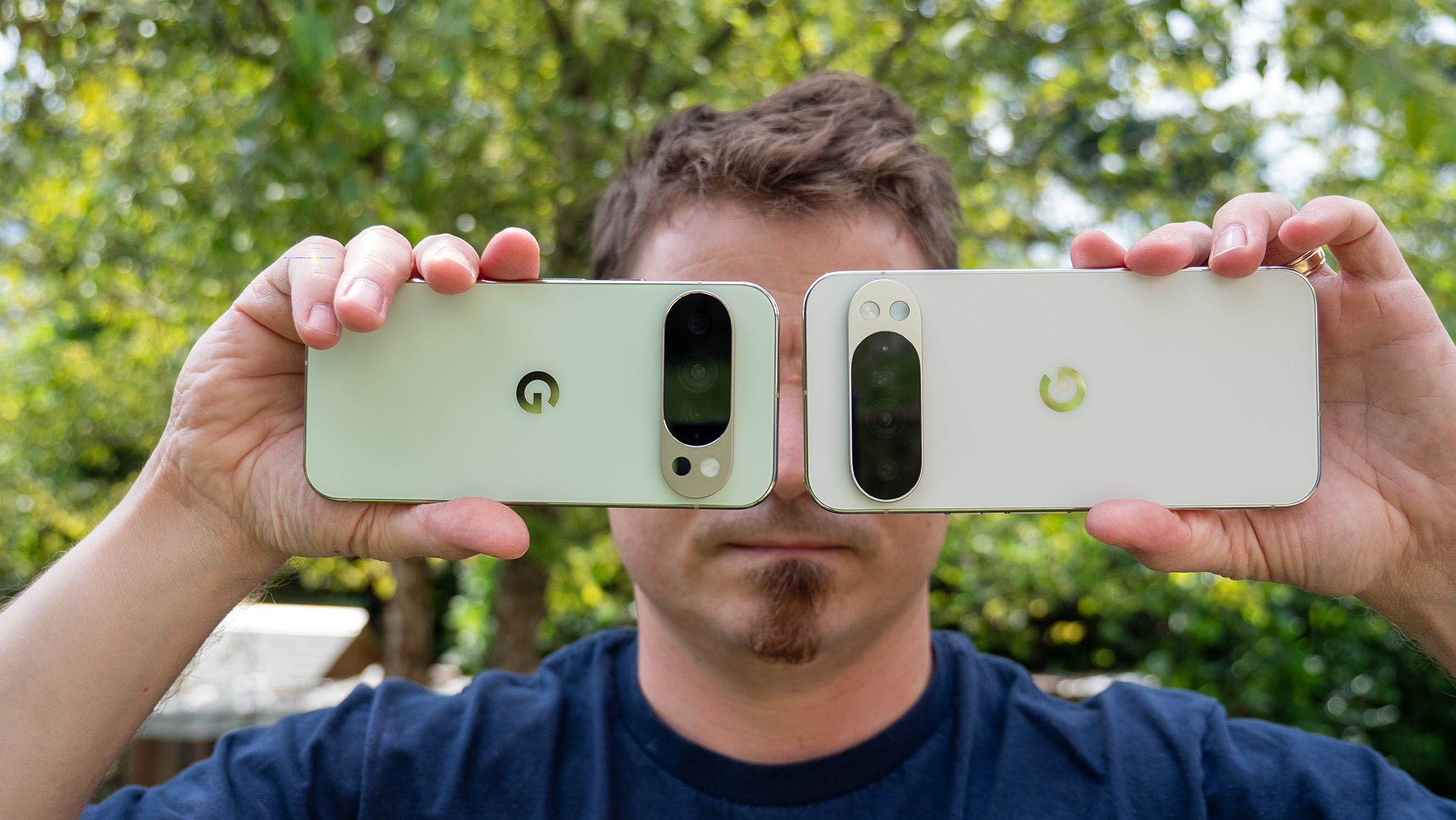
The headliner feature of the Pixel 10 Pro XL's cameras is the new Pro Res Zoom, which extends the zoom range to 100x, with the help of AI. The latter has a tendency to mess up at times, as even blurred text in extreme zoom shots is made clearer, but the result is often gibberish since there's no way for the AI to know what the original text said in the first place.
Our Senior Editor, Nicholas Sutrich, noticed this "overconfident hallucination" of the AI zoom feature when trying to improve clarity of other aspects, too, like textures on objects. Thankfully, you can disable this feature so you don't have to use it if you don't like it.
Aside from this, the Pixel 10 Pro XL's cameras are excellent. Portrait mode shots look a lot more natural with the right elements being blurred, and the new AI features like Auto Best Take are a terrific upgrade of the Best Take feature.
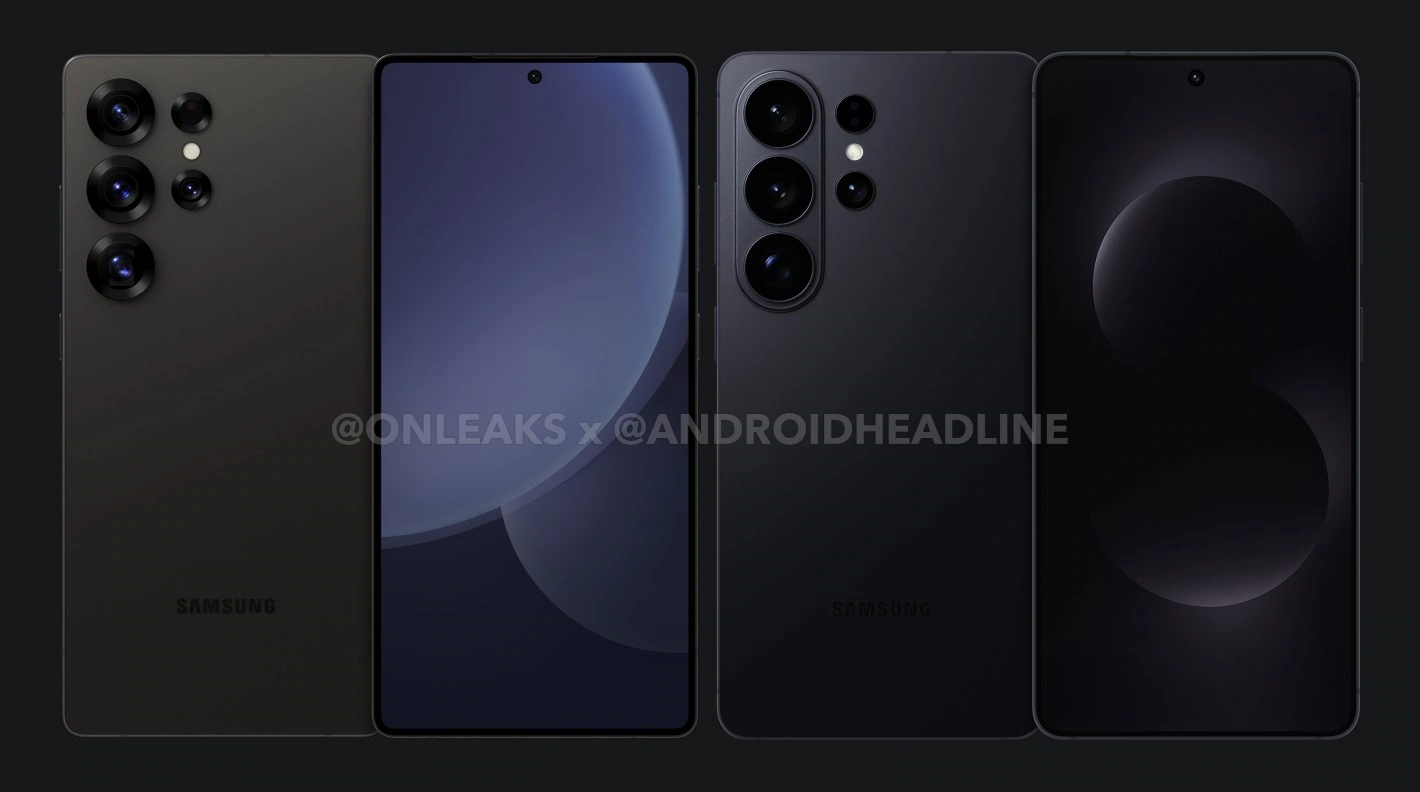
There aren't many rumors about a standout feature on the Galaxy S26 Ultra yet, which suggests we might not see any major hardware improvements. The Galaxy S25 Ultra finally got a higher resolution ultrawide camera, but Samsung just might keep all the sensors the same for the next generation. It has done this in the past as well, so it's not unsurprising.
The S25 Ultra had a pretty solid camera system to begin with, as Samsung fixed the shutter lag issue from the S24 Ultra, so that moving subjects were less blurry. The telephoto camera system is also among the best, thanks to the dual zoom lenses.
We might just see some new software or Galaxy AI features in the camera app. Whether this will be bound to the new Snapdragon SoC in the S26 Ultra or if it will trickle down to older models too remains to be seen. Overall, you should expect a fantastic all-around camera system yet again with the S26 Ultra.
Samsung Galaxy S26 Ultra vs. Google Pixel 10 Pro XL: Is it worth the upgrade?
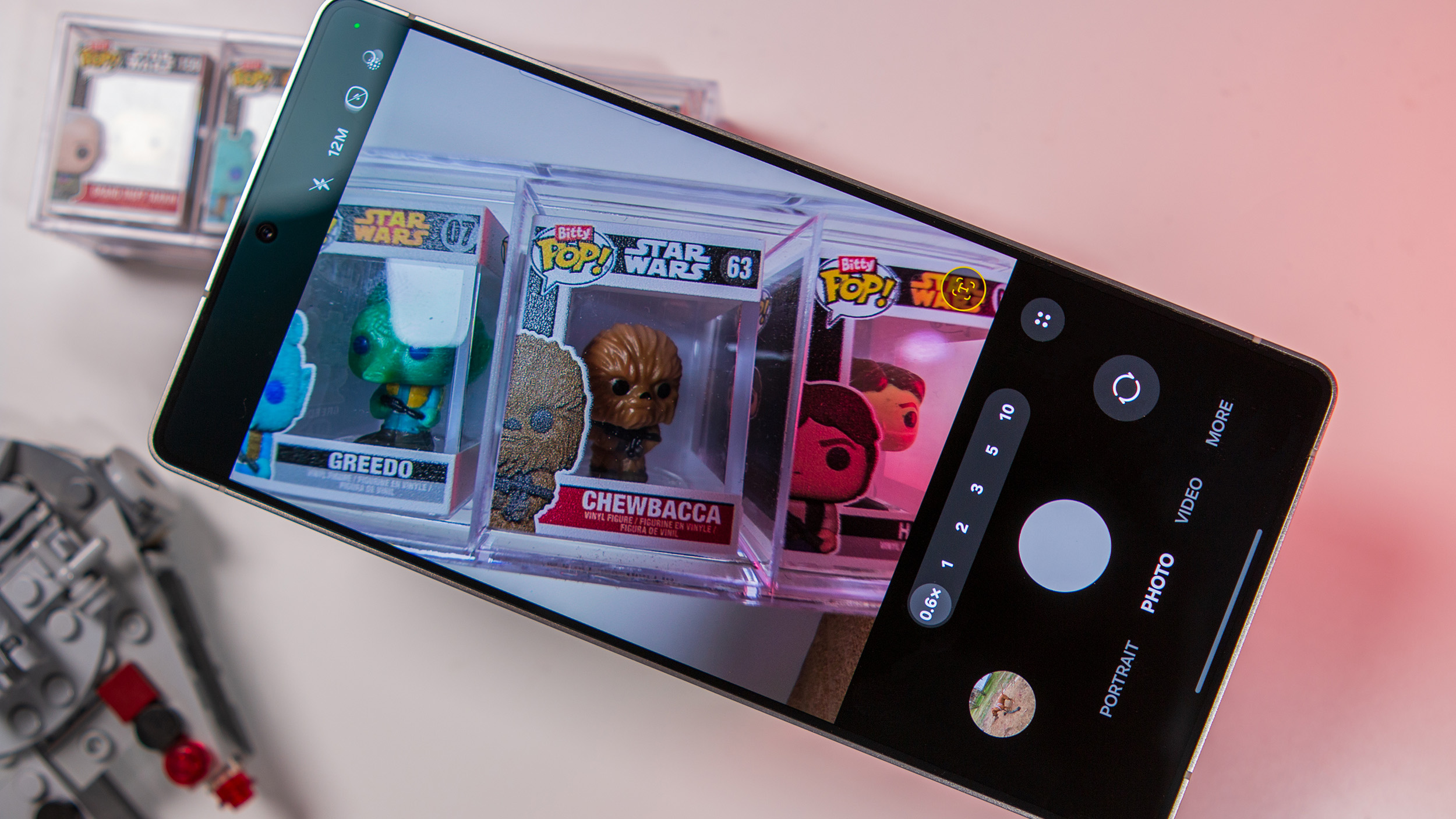
By early 2026, when Samsung will likely unveil the Galaxy S26 Ultra, the Pixel 10 Pro XL should be discounted more often, making it cheaper to buy. But if you'll be spending more than $1,000 anyway, I'd happily pay those few extra bucks for the Galaxy S26 Ultra.
One of the major reasons for this is the expected slimmer and lighter design that should make it much easier to live with. Even if you're not big on the stylus, the lighter design and way faster processor are two big reasons why you should choose the S26 Ultra over the Pixel 10 Pro XL.
The Pixel 10 Pro XL is one of the best Android phones in the market, and will be in 2026. But despite the high cost, you'll still have to settle for a SoC that struggles to compete with its peers, the weird restrictions on charging beyond a certain point, and a display that's still not exactly eye-friendly. The Galaxy S26 Ultra should address all these shortcomings while matching Google in software update longevity.
The future
While we wait for Samsung to unveil what the Galaxy S26 Ultra will bring, the rumors and leaks paint an interesting picture. It will, no doubt, go on to be one of the best Android phones in 2026.
Leading in AI
The Google Pixel 10 Pro XL has some of the best AI features, many of which now run on-device. The design is great, it's built really well, and you can enjoy up to seven years of OS and security updates.







